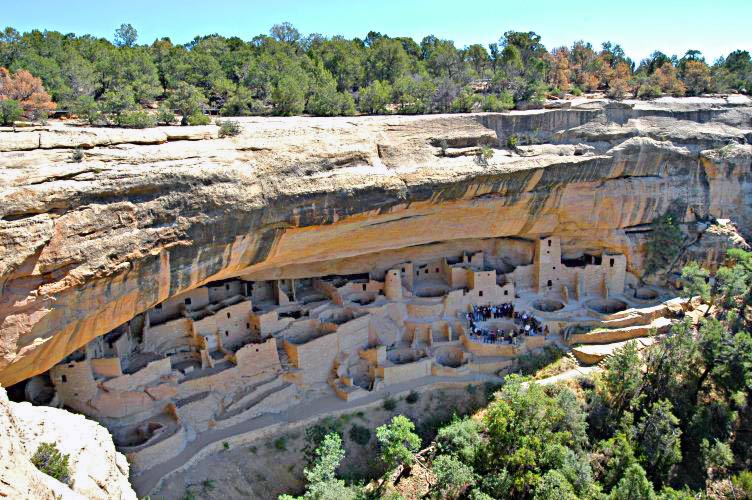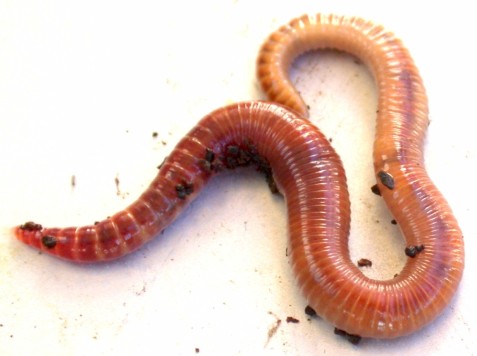National Geographic image of Earth circa 2210
When I reviewed "A Crude Awakening," CTD suggested I watch three other films:
Fuel - watched that, enjoyed it.
I.O.U.S.A. - haven't watched it yet.
Collapse - I think I watched it today.
There are two "Collapse" movies on Netflix.
The first one I watched was a National Geographic film that was part history lesson, part current events tour, and part apocalyptic sci fi.
The conceit was that scientists circa 2210 would have no idea how "we" lived and why our great cities collapsed. Pretty fun, actually, as a dramatic device. Except how did these clueless future scientists manage to have 2010-era equipment (Ray-Bans and scuba gear, for crying out loud)?
The show talked about how dwindling water, food, energy, and trust destroyed past civilizations (the Anazasi, the Romans, and the Mayans).
What happens when your water runs out
The second "Collapse" film was 90 minutes of listening to Michael Ruppert talk. Michael Ruppert is a
Cassandra - one who [accurately] foretells the future, but who is largely ignored.
It isn't fun to watch Ruppert talk. He's mostly angry and bitter, and the future vision he paints is dark and painful. But I did garner a few gems:
Ruppert said, "Local Food production is perhaps the most fundamental key to human survival in the collapse of industrialized civilization. [57:00]" He goes on to talk about what happened when two communist dependencies lost access to oil when the Soviet Union collapsed.
The first state was North Korea. Rigid, hierarchical, and cursed with a harsh climate, the people starved. I remember hearing about how people were trying to survive eating grass.
The second state was Cuba. Castro immediately promoted a return to local food production - every square inch that could be exploited for food production was converted to making food. It didn't hurt that Cuba is a tropical country. Anyway, folks in Cuba now eat better than ever.
I also liked Ruppert's suggestion that "Community will save us."
At the end of the day, denial, anger, bargaining, and depression won't help as we face a challenging future. Acceptance of life's reality, with belief-inspired action will allow us to find the way out.
And when we have discovered the way out, we can learn from the parable of the hundredth monkey.
Ruppert tells of the experiments detonating nuclear bombs on the Bikini Atoll in 1946. And yes, the two-piece swimsuit was introduced around that time.
In the 1950s scientists introduces thousands of monkeys to the island, to study the effects of any lingering radiation. Turned out most things were back to normal. But the coconut husks were still slightly radioactive. If the monkeys continued as they had been going, they would all eventually succumb to radiation poisoning. No one wanted to deal with thousands of dead monkey corpses.
Unable or unwilling to train all the monkeys to wash the coconuts in fresh water to remove the radiation, researchers trained 10 of the monkeys to wash their coconuts. Slowly the ten nut washers converted others to their odd practices. 12 nut washers, 20 nut washers, 50 nut washers.
Then the 100th monkey became a nut washer and overnight the other 9,900 started washing their coconuts.
One assumes the monkeys survived, but I can't find any mention of the state of Bikini Atoll monkeys in our times. At least I didn't find mention of mass extinction of the nut-washing primates.
_________________
So, we already knew aquaponics is a great system for producing food in warm, barren deserts, not to mention how awesome it can be in warm, moist climates.
But if we can get "100 monkeys" to demonstrate a robust aquaponics system that works year-round in cold climates, life starts to get sweet, indeed.















































